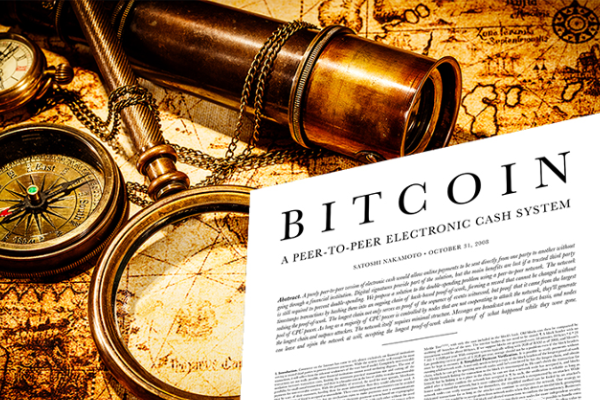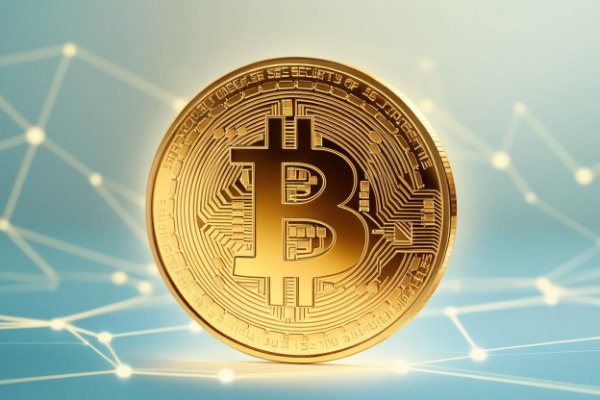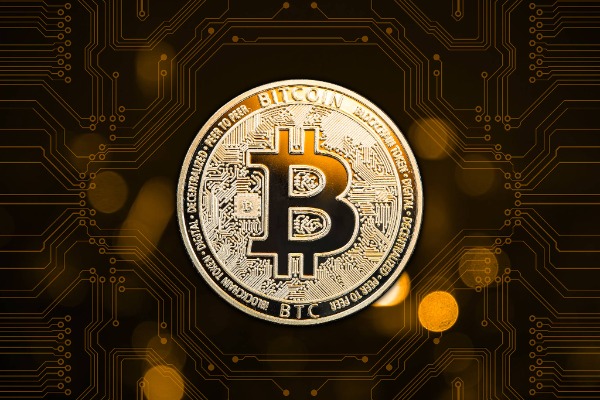What is time.fun? How does time.fun work?

Time.fun, which was previously deployed on the Base network, has recently migrated to Solana. Its founder previously said that the Ethereum ecosystem only cares about technology and is self-righteous.
Today, Solana co-founder toly joined the time tokenized SocialFi application time.fun. The market value of its token toly (toly's minutes) on time.fun once rose to above $18 million in an hour and a half, and the token price reached $187. Toly also responded to time.fun's tweet about the Meme token toly's minutes on Twitter, saying that business communication is my favorite crypto application case.
Another SocialFi application time.fun on Base has emerged, and since its release, it has attracted the attention of industry builders and KOLs such as @tier10k, wallstreetbets, Helius CEO @0xMert_, icebergy, and The Block CEO Larry Cermak.
So, how does time.fun, an app that tokenizes time in minutes, work? Are there plans to release tokens? What are its future prospects? This article will introduce and explore these questions.
What is time.fun?
Time.fun was originally launched as circle.tech and was favored by Crypto Accelerator Alliance in April this year. The goal of circle.tech from the beginning was to allow users to tokenize time so that creators can earn income, and fans can also interact with creators through paid methods, such as consulting, group chatting or watching live broadcasts.
At the end of last month, circle.tech rebranded to time.fun, on the one hand to eliminate the liability risks brought by similar names to Circle (USDC issuer), and on the other hand to be closer to its concept of time tokenization and set the time value according to the joint curve, while bringing time delivery benefits to creators, it also provides a small part of the transaction fee to motivate creators, and also empowers time holders to a certain extent.
@0xKawz, the builder of time.fun, said that time.fun not only allows tokenized time, but also supports creators to have deeper connections with loyal fans, such as booking meetings, private messages, etc.
How does time.fun work?
On time.fun, you can use Google, Discord, Apple, and Twitter to create accounts, but you need to connect to Twitter to verify it in the end. This means that time.fun ensures that the platform's traffic comes from an active social media ecosystem.
Then Web3Auth will automatically generate a wallet for the user. If you need to interact, you need to recharge on Base to pay for Gas or time purchase and redemption fees.
The time value of time.fun is dynamically adjusted according to market demand, using a joint curve pricing mechanism. After purchasing time, fans can redeem or deliver (redeem) time to book a meeting with the creator, with a minimum redemption time of 15 minutes. In addition, fans can also send private messages to creators, which takes 1 minute each time, and then the creator needs to reply within 5 days.
To further enrich the interaction between creators and fans, time.fun also provides an exclusive group function supported by Telegram robots. Creators can authorize robots to manage group members and automate member invitations and removals.
Regarding the original circle.tech fee model, users who recommend creators are assigned a 1% referral fee, circle.tech charges a 5% consultation application fee, and the remaining 94% is distributed to creators who receive consultations or chats.
After the reshaping, time.fun also updated the fee model, focusing more on the creators' time delivery and empowering time holders, and also driving time value speculation by allocating a small portion of time transaction fees to creators, thereby better improving the platform's activity.
There are three ways for creators to earn ETH, namely, when fans trade your time, fans redeem time (i.e. chats, meetings, etc.), and invitations. Among them, transactions earn up to 2.1%, and recommended users earn 0.5%. In contrast, the income from redeeming time accounts for as much as 95%, thereby motivating creators to create more value for their fans.
In addition, part of the transaction and redemption fees go to the timeholder fund. According to time.fun, timeholders can also benefit from the timeholder fund, which can receive up to 2% of the transaction and redemption turnover. Creators can choose to use the fund in a suitable way, such as giving it to fans.
What is the prospect of time.fun?
In fact, the concept of time tokenization is not new. In 2022, Aave's experimental department Newt delivered the first time tokenization project Aika, which can mint and sell time as NFT on Polygon. At that time, Newt regarded Aika as a standardized way to pay for services that guilds, service DAOs and other crypto-native organizations could use. But Aika can only get rewards for creators after delivering time, which makes it difficult to attract creators. After that, the project was abandoned.
Some time ago, orb.land, which was praised by Vitalik Buterin as cool, restricted a creator to only issue one Orb NFT, and introduced a Harberger tax system to constrain the holding and resale of committed NFTs, encouraging high-quality interactions between creators and holders, and promoting efficient allocation of resources. The idea is good, but the demand is not high for creators and ordinary players. After all, no transactions mean no income for creators.
In contrast, time.fun has a better incentive mechanism. Creators can not only share from time exchange, but also get a small part of the income from secondary time speculation transactions, thereby driving them to expand their influence, attract more fans and increase platform activity. At the same time, ordinary users or fans can also benefit from the time holder fund.
Whether time.fun can start the flywheel of creator fees remains to be observed. After all, at this stage, users are more concerned about speculation rather than real value, and the value of creators' time currently seems to be just users guessing the popularity of creators.
Will time.fun issue tokens?
The original document of circle.tech shows that circle.tech applications can earn points, which will be considered for future airdrops and giveaways. Creating an account, asking questions, answering questions, participating in one-on-one chat rooms, etc. will earn bonus points.
@0xKawz, the builder of time.fun, said in Discord that a snapshot has been taken for the circle.tech points activity. However, now is not a good time to airdrop. Circle.tech has performed poorly in terms of fees and attracting truly stable users. It hopes to bring more usage through time.fun. It still plans to airdrop this summer and will airdrop a fixed proportion of tokens to users (old and new product users).
In the planning of time.fun, the time.fun contract will be extensible, and more products using minutes as the base currency will be launched soon. Other projects can be built on top of time.fun after being included in the permission list. In addition, TIME airdrops can also be earned in Season 1.













